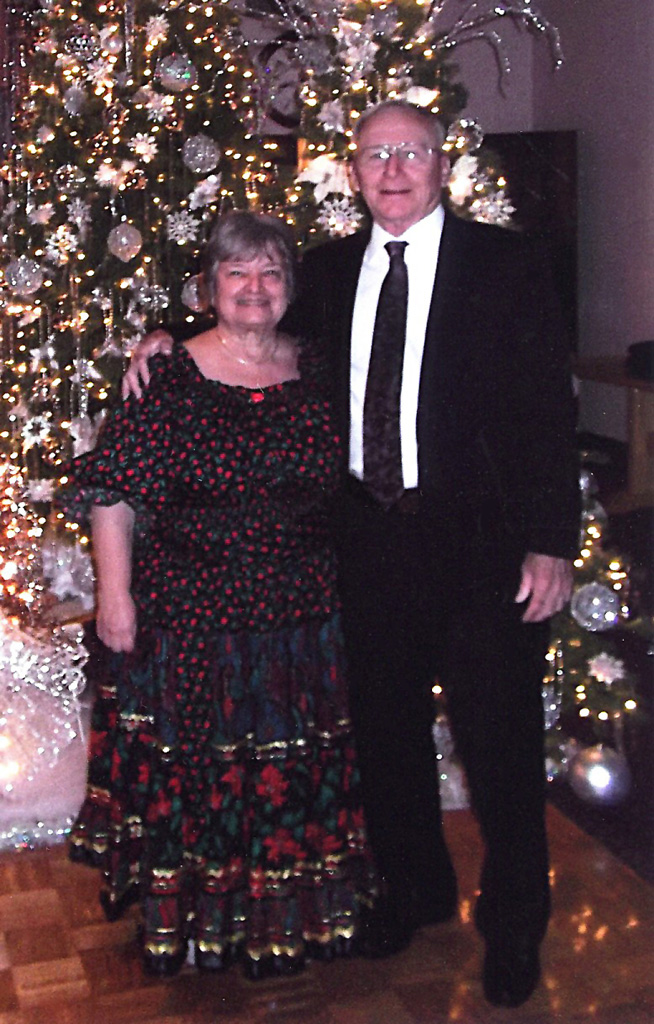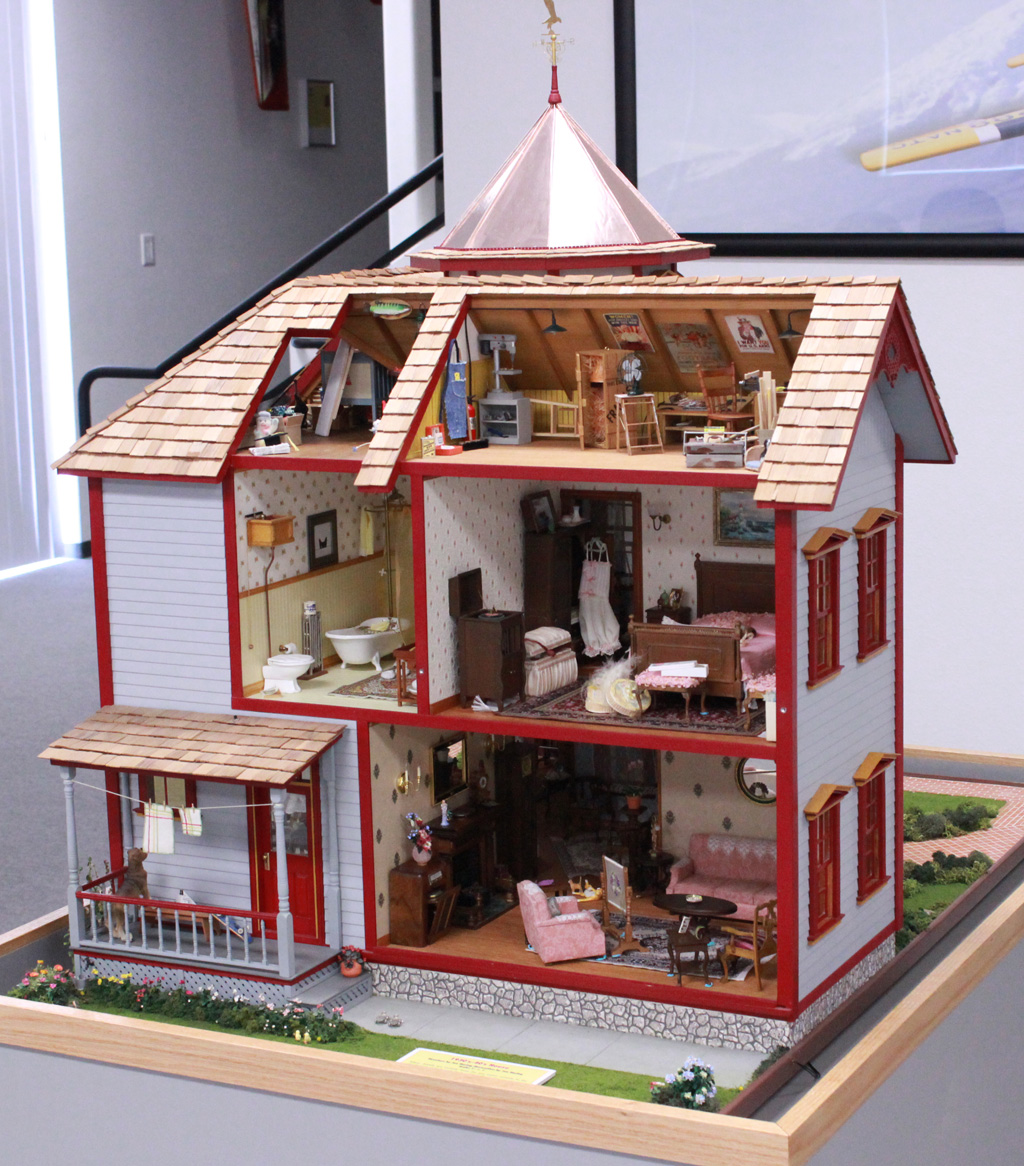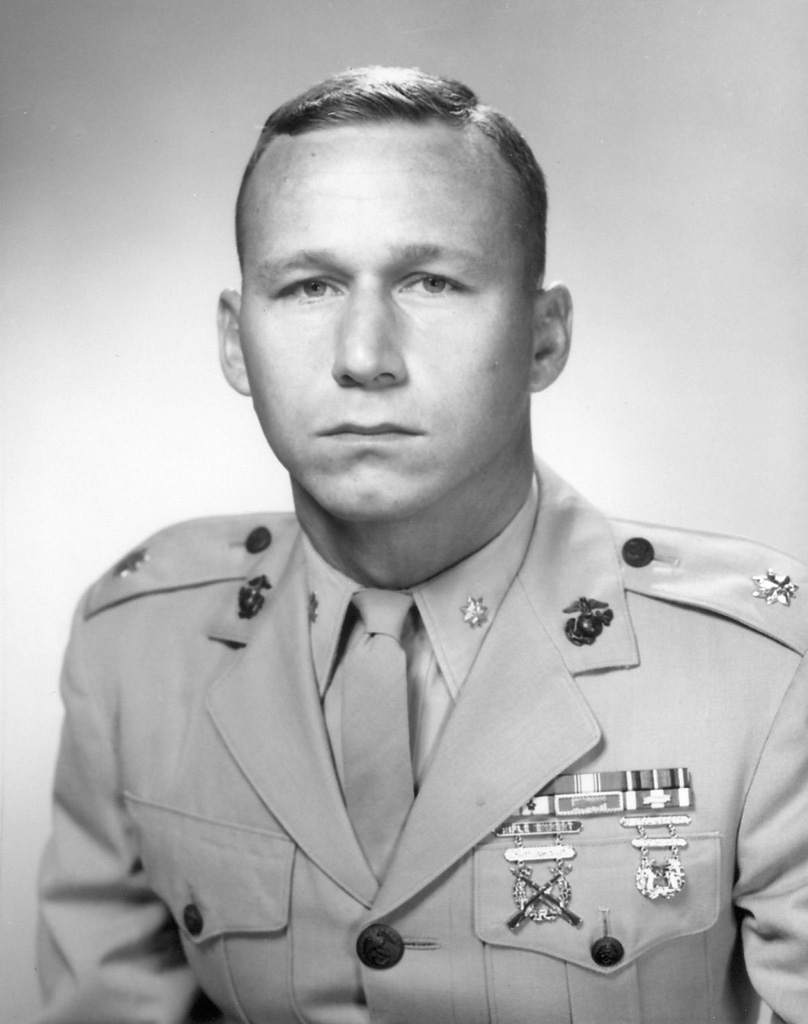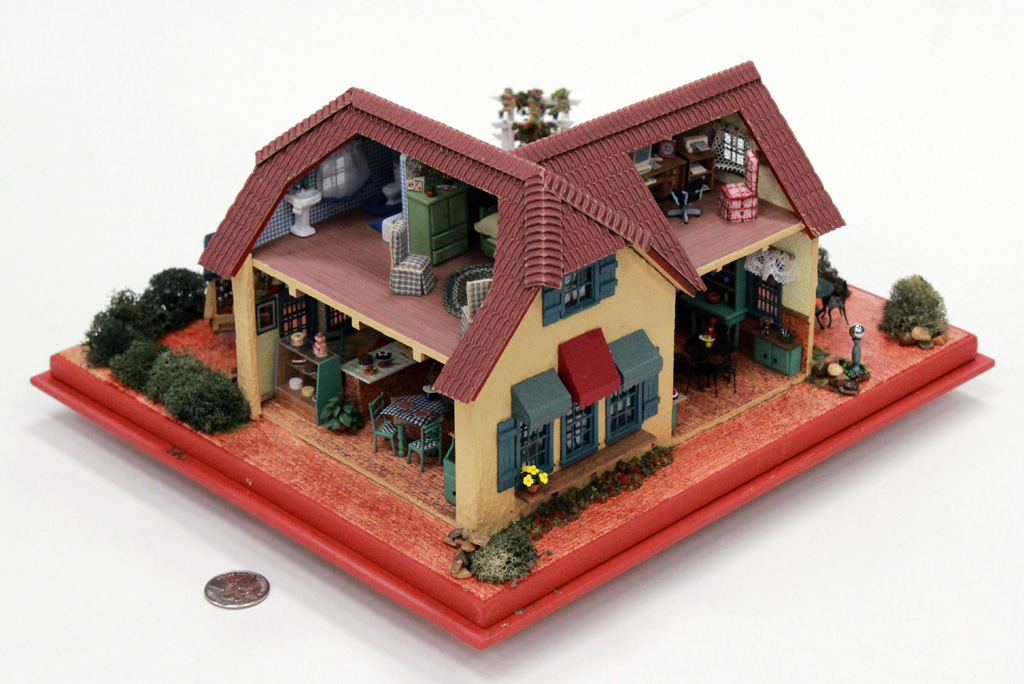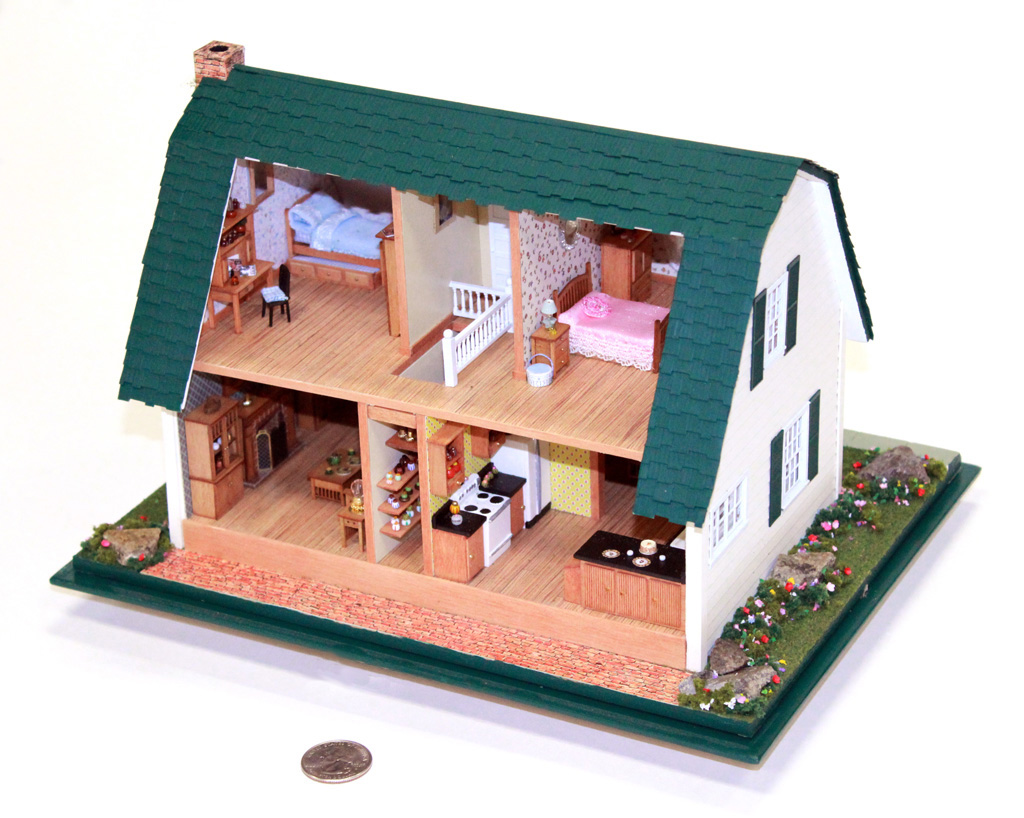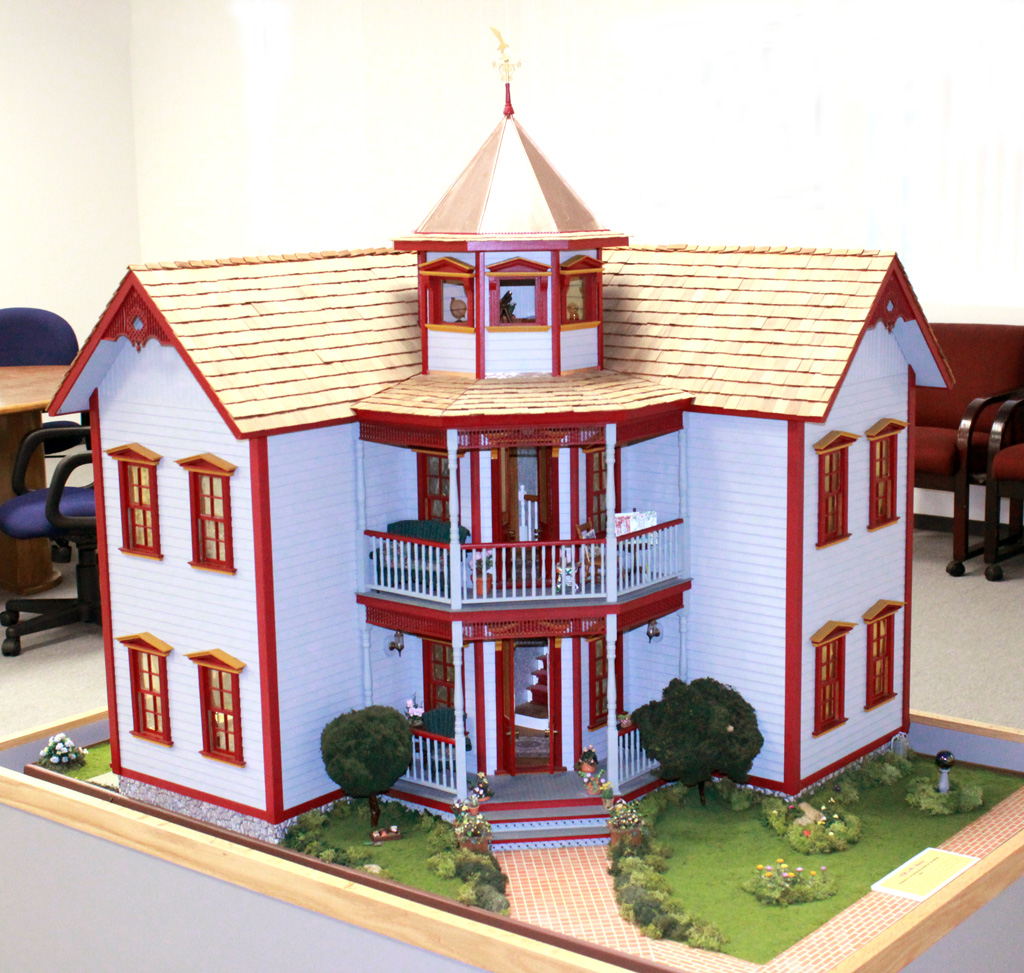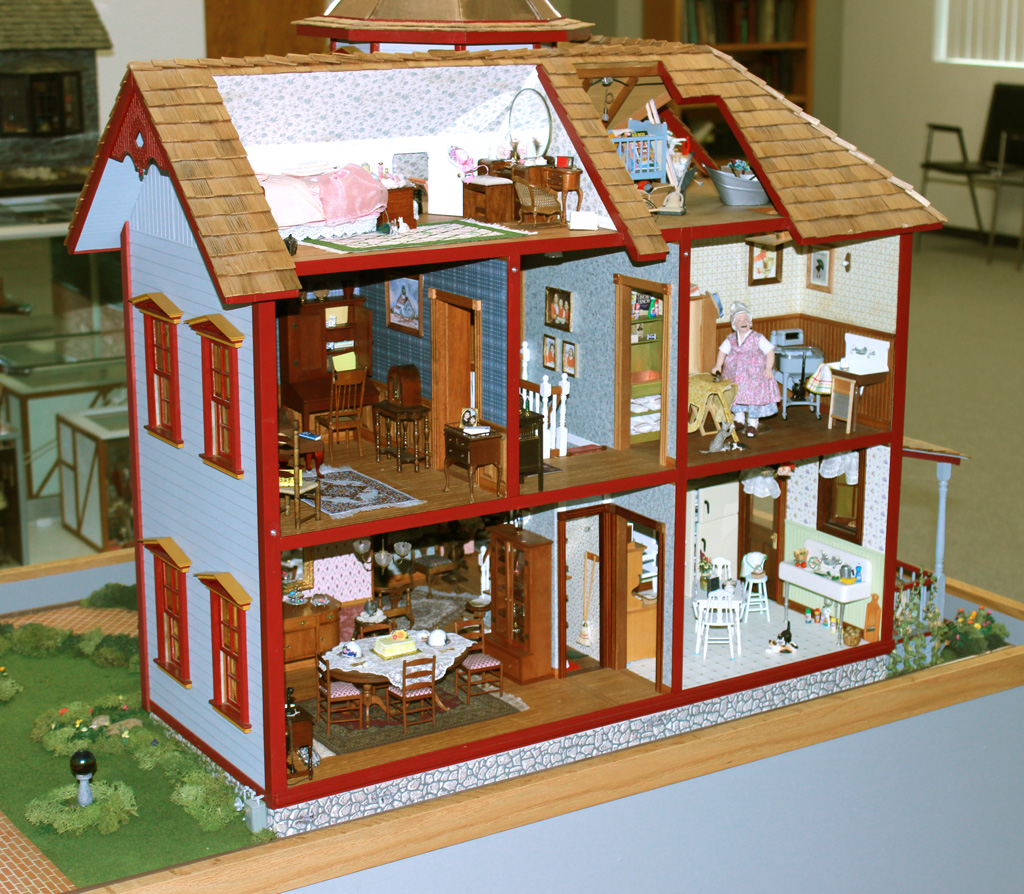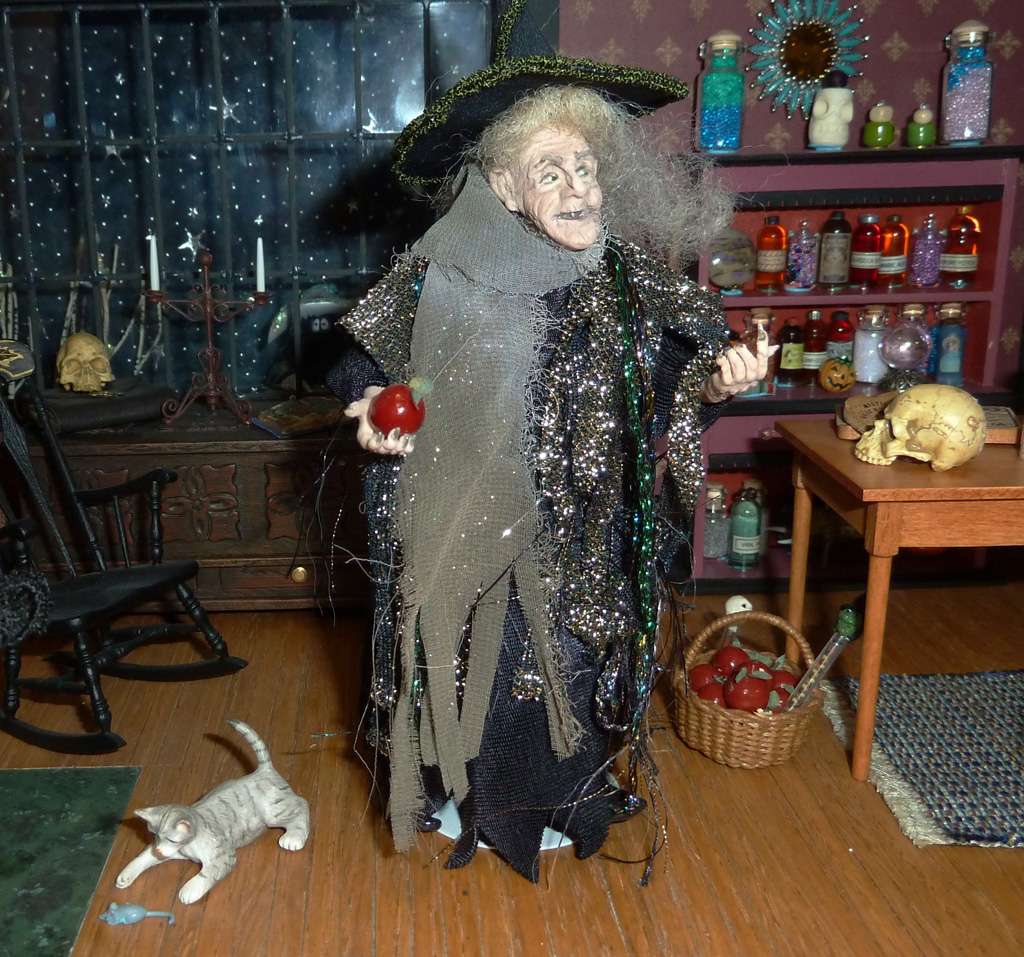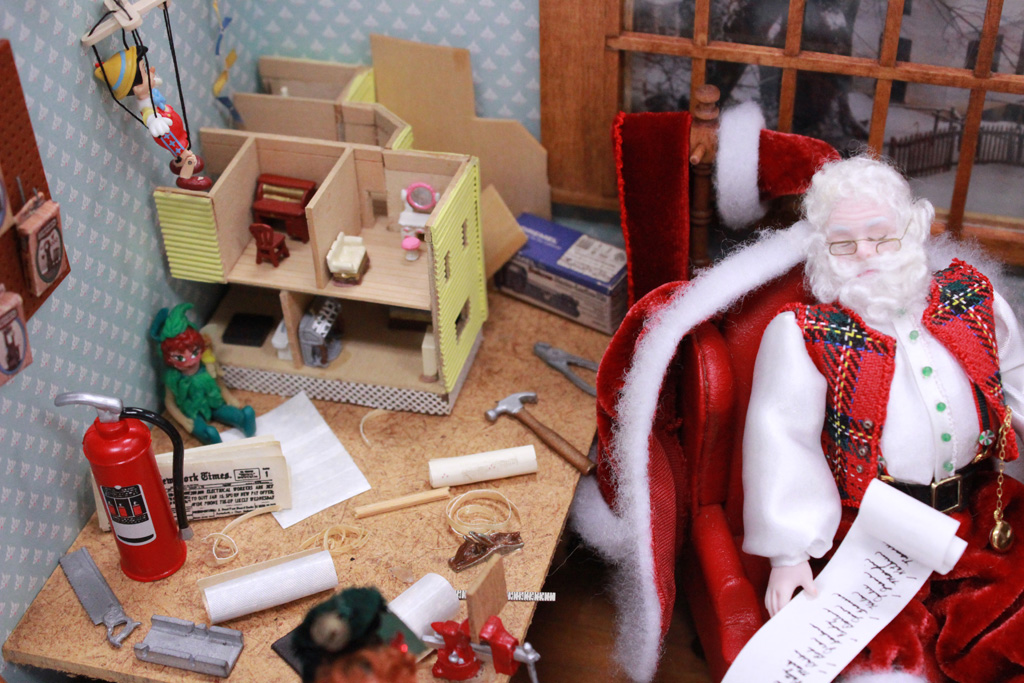Elaborate Dollhouses Reflect a Perfect World in Miniature
Introduction
Many people who build model railroads, dioramas, or miniature dollhouses find satisfaction and peace in creating and caring for their own little world. In the real world, where so much is usually beyond our control, there is a comfort in being able to totally control these little pieces of real estate. In the miniature world, everything can be exactly how we want it.
For some time, the Craftsmanship Museum has worried that the majority of items on display—like engines, tools, vehicles, and guns—might appeal more to our male visitors. In reality, most female visitors can appreciate them just as much. However, the acquisition of a large and beautiful collection of miniature dollhouses was seen as a great way to pique the interest of a broader range of visitors. What has been satisfying to see is that the craftsmanship and clever storytelling embedded in these dollhouses has been just as interesting to our male visitors as anyone else. It seems that good craftsmanship is good craftsmanship.
Craftsmanship Evident in All of Joe Haring’s Structures
Now, calling these structures “dollhouses” is a bit misleading in the first place. These are not the kind of dollhouses that a young child might play with. These are scale model structures adorned with finely made furniture and decorations. The models are usually open on one side so the interior can be seen. These scale structures, and their tiny furnishings, tested the abilities of several talented builders.
Typically built at 1”:1’ scale, the houses include just about everything you would find in a real house—from gas meters outside to the fuse boxes in the basement. Joe’s technical sense and attention to detail served him well when building the structural parts of the houses. He included proper details, like copper roof flashing under individually split cedar shake roofs, and ornate railings and stiles on a staircase.
In fact, Joe even included an electronic sound module hidden under a porch, which makes the sound of a toilet flushing in the bathroom when a tiny button is pushed. Corner joints are all tight, paint jobs are flawless, floors are fitted with individual wooden planks, and tiny bulbs light up. Exterior yards feature ponds, grass, trees, and flowers.
A retired US Marine, Joe Haring was also a sailor and a friend of Joe Martin. The two would meet at Oceanside Harbor, where they often got together to talk about boats and sailing. At the time of Haring’s passing, Joe Martin knew that he was a craftsman; however, he had no idea that Haring had built these beautiful dollhouses. We were surprised and pleased when his wife, Jan, offered to donate them to the Craftsmanship Museum in honor of Joe’s memory.
This 1930’s-1940’s style dollhouse was Joe Haring’s largest and most complicated structure. The architectural details are rich and correct. The house was also equipped with hidden wires and small wall outlet plugs behind some of the furniture. Ceiling and wall lights with tiny bulbs can be illuminated. (All dollhouse photos are courtesy of Craig Libuse.)
The structures built by Joe include: a large and ornate three-story house from the 1930’s-1940’s (pictured above); a Santa’s workshop room; a 1950’s basement recreation room; a two-story witch’s house, with a swing-open front wall; a ladies dress shop; and even a diorama of a gypsy camp, which includes several wagons rather than houses. Joe had als0 built several additional structures at a much smaller 1/4”:1’ scale.
Examples from the smaller scale include the Harings’ model French Colonial home, and their Mimi’s Cafe model (both of which are pictured below). The Mimi’s Cafe model is just like the real restaurant in Oceanside, CA. The Haring’s even made a scale model home inside of an old mantel clock. Four floors of the clock were lighted and decorated at a smaller scale, behind the glass where the pendulum used to swing.
This model represents one of the Harings’ favorite eating spots in Oceanside, CA—Mimi’s Cafe. The decorations are much smaller in this tiny scale (1/4″:1′). A US quarter is shown in the photo for size reference. This model, and the French Colonial home which follows, were started from kits designed by Debbie Young.
Once Joe Built the Houses, Jan Took Over Decorating
With the the exception of a few rooms, once any given structure was built, Jan would take over the task of making these houses into homes in miniature. Joe decorated the attic and workshop in the 1930’s-1940’s house, and the basement in the 1950’s rec room, but everything else was decorated by Jan. Beautifully crafted oriental rugs cover the floors, and tiny lamps with working bulbs light up many rooms (thanks to hidden electrical wiring installed by Joe).
The many pieces of tiny furniture were collected from some of the finest makers in that field. Furniture makers like Al Cushman and Bob Carlisle, for example, make scale items in miniature—including beds, tables, chairs, desks, bookcases, and telephone stands. Porcelain dolls are from Fern Vasi. Tiny books even have printed pages, like the Witch’s book of spells, which is open on a table in the Witch’s dollhouse model. Tiny mugs printed with evil names like “Attila” and “Wolfman” sit on cupboard shelves awaiting use.
In the 1930’s-1940’s dollhouse, each room in the three-story structure is packed with detail. Many tiny ceramic cats also populate that model, some playing with their porcelain kittens, and others lounging around the house. On the porch, the kids’ skateboards and bicycles await their return, and a rotary lawn motor sits in the yard.
Petit point art by Jo Berbiglia, with stitches so small that magnification is needed to see them, adorns several chairs and wall hangings. Tiny kitchen utensils sit on the countertops, and Joe’s upstairs workshop has a tool box with fine woodworking tools from Germany. Each piece was chosen with care, and installed to add to the story of each room. Visitors can stare at the rich details and imagine what life would be like inside these homey little structures.
This big 1”:1’ dollhouse was modeled after one from the 1930’s-1940’s. This is probably the most popular scale for dollhouse miniatures.
What About the Dolls?
Yes, dolls do populate the houses. How could you have a Santa’s workshop without Santa and Mrs. Claus? What would a witch’s house be without a witch and a small trick-or-treater? Similarly, a 1950’s basement apartment is the perfect place for a young couple dressed in classic 1950’s garb—along with the old TV, and other appliances from Carlisle Miniatures. Like the other furnishings, these dolls were made to scale by some of the finest miniature builders. They have a lot of personality and detail, which helps explain their often costly nature.
Fern Vasi made this porcelain witch doll. Cats, skulls, bottles, baskets, and other features were made by different craftsmen who specialize in building miniatures. Each model represents a collection of fine work contributed by many people, all selected by Jan and Joe.
A Shared Hobby
Building the tiny homes and picking the items to decorate them was something that Joe and Jan enjoyed doing together, and their individual talents complemented each other. We thank Jan very much for allowing us to bring these fine structures to the attention of our visitors, and welcoming them into the Harings’ tiny worlds.
Jan has kindly volunteered in the past as a docent for the Craftsmanship Museum, welcoming visitors and giving more detailed insight into these miniature masterpieces in person. For those who can’t visit the museum in person, we have provided photos to give an idea of the richness of detail in these fantastic scale model houses.
For anyone interested in learning more about this hobby, there are several magazines that cover the subject, including: Dollhouse Miniatures, Miniature Collector, and Dollshouse World. There are also many books on the subject.
View more photos of Jan and Joe Haring’s wonderful miniature dollhouses.

